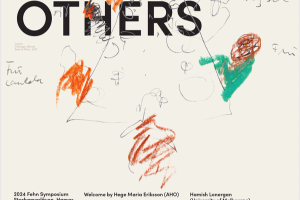The courses that make up the Subject Matter series are intended to explore what it means to use materials in architecture today, in a time we call the Anthropocene.
The Anthropocene is a proposed geological epoch where human activities are understood to significantly impact Earth's ecosystems. Ecosystem thinking suggests that materials are not fixed entities, but rather flows that have histories. When we extract materials for use in architecture, we interact with these histories and change them. This should lead us to ask questions about the meaning and impact of the work that we do. How should an architect understand these questions today?
For the Fall semester 2023, the course will focus on rocks. The lithosphere is Earth's rigid outer layer, encompassing the crust and upper mantle. It's where rock formation occurs through various geological processes. Igneous rocks form from cooling magma or lava, sedimentary rocks from accumulated sediments, and metamorphic rocks from existing rocks altered by heat and pressure, all contributing to Earth's diverse geology.
Stone is among the oldest and most noble of building materials, and was the choice historically for buildings meant to last. But stone is also witness to a span of time in which our human existence is but a speck. Rocks are among the most immutable of objects, dating millennia or even eons back into time. What does it mean to extract them, move them, reveal them?
The materials of the post-industrial world – concrete, metal, plastics – are the product of industrial heat, with its combustion and pollution. Stone on the other hand, is neutral, having been formed by the great heat of original creation. As such, and with the proper techniques of extraction and transport, it represents a low carbon product. Used structurally, it can replace concrete in many cases. But we would like to look at the use of stone in an extended way, by becoming much more aware – in a poetic and artistic sense, not simply technically – of how the things that we set into motion are connected in a larger context.

